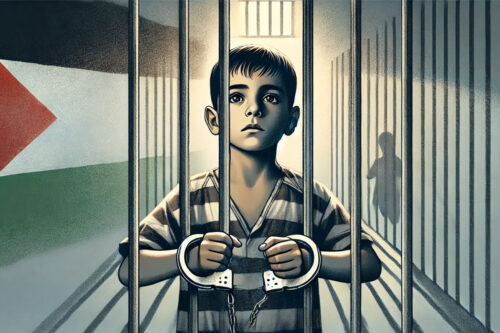Gaza, one year on: 10 facts
A year has passed since the
beginning of the assault on Gaza. In 51 days, over 2,200 Palestinians lost
their lives and 11,200 were left injured. “Operation Protective Edge” was one
of the most deadly attacks on Gaza and reduced entire neighbourhoods of the
Strip to rubble. Today, the media spotlight has moved on, but Palestinian
families are still living among the rubble of their destroyed houses, with
little food, no electricity and no running water.
1. Thousands of people are still homeless
- 100,000 people whose houses were destroyed
during the conflict are still without homes - Less than 1% of the construction materials
required to rebuild houses has entered Gaza and at this rate, it will take
decades to rebuild.
2. The children of Gaza are paying the highest
price
- More than 1,500 children lost one or both
parents. - 1,000 out of the 3,000 children injured in the
Gaza assault have life-long disabilities. - The vast majority of children suffer from severe
emotional distress and trauma – the UN estimates that 373,000 children need
psychological support.
3. The health sector has been left
shattered
- 73 hospitals & healthcare facilities were
damaged or destroyed during the assault. - 16 healthcare workers were killed, 83 ambulance
drivers and volunteers were injured. - The total cost of the conflict to Gaza’s health care
system is estimated at $50 million. - Medicines are at zero stock levels.
- The destruction of Al-Wafa hospital has left
Gaza with no rehabilitation centre and 1,000 disabled children without care.
4. Food insecurity is a major issue
- Food insecurity was at 57% before the conflict.
It now affects 73% of the population. - An estimated 80% of the population relies on
humanitarian aid, mainly food assistance. - 10% of children under 5 in Gaza suffer from
stunting or malnutrition.
5. Access to clean water is extremely
difficult
- 95% of
the water is unfit for human consumption. - Lacking
the money to buy bottled water, families often don’t drink for long periods. - At the
beginning of 2014, only a quarter of Gazan households had access to running
water every day, and only for a few hours at a time. The assault only made the
situation worse, due to the severe damage to infrastructure.
6. Constant shortages of electricity
- The only
power plant was destroyed during last year’s assault and is now running at half
capacity due to shortages in fuel with critical public service installations
facing power cuts up to 18 hours per day. - Electricity
deficit increased by almost 20%, reaching about 65%.
7. Overwhelmed
water supply and sewage systems
- Theses electricity
shortages, along with restrictions on the import of construction material,
pumps and spare parts, have left Gaza’s water supply and sewage systems completely
overwhelmed. - Up to 90 million litres of partially-treated
sewage are being discharged into the Mediterranean Sea on a daily basis. - Experts deem Gaza’s current waste disposal
operations unhealthy, causing a serious threat to public health.
8. Unemployment is at its highest
- Gaza’s
unemployment rate is 43% overall and youth unemployment rate is 67%, one of the
highest in the world. - 40,000
people employed in the agriculture and fishery sector have been affected
9.
A destroyed economy
- Thousands
hectares of cropland, including agricultural infrastructure
(i.e., greenhouses, irrigation systems, livestock shelters, and fishing
boats) were destroyed during the attack. - 963 enterprises in
the manufacturing sector were hit during the assault. - The 8 years
blockade has completely destroyed the economy, having put severe restrictions
in place preventing goods from leaving Gaza.
10.
Academic achievement is dropping
- 30% of
education facilities sustained damage or were destroyed during the assault. - Traumatised
children have weakness in memory and decreased concentration. They absorb less
material, lack a desire to learn and also lack proper conditions to study. - University
students struggle to cope with the loss of their peers and the lack of
opportunities after graduation.
Please send a letter to the UK Secretary of State for Foreign and Commonwealth Affairs today.
#PalestineFacts
Calculate your Zakat
Confused about how to calculate your Zakat? Try our simple-to-use calculator

![Graffiti of Al Jazeera reporter Shireen Abu Akleh in Nazareth, who was killed by the Israeli military in 2022 [Davide Mauro / Wikimedia]](http://www.interpal.org/wp-content/uploads/2025/04/Graffiti_of_Shireen_Abu_Akleh_in_Nazareth-500x333.jpg)
![A Shadow R1 spy aircraft operated by the UK's Royal Air Force, accused of supporting the genocide in Gaza [Jerry Gunner / Wikimedia]](http://www.interpal.org/wp-content/uploads/2025/04/1768px-Shadow_R1_5AC_Sqdn_RAF_Waddington_this_morning-e1745166357309-500x333.jpg)

